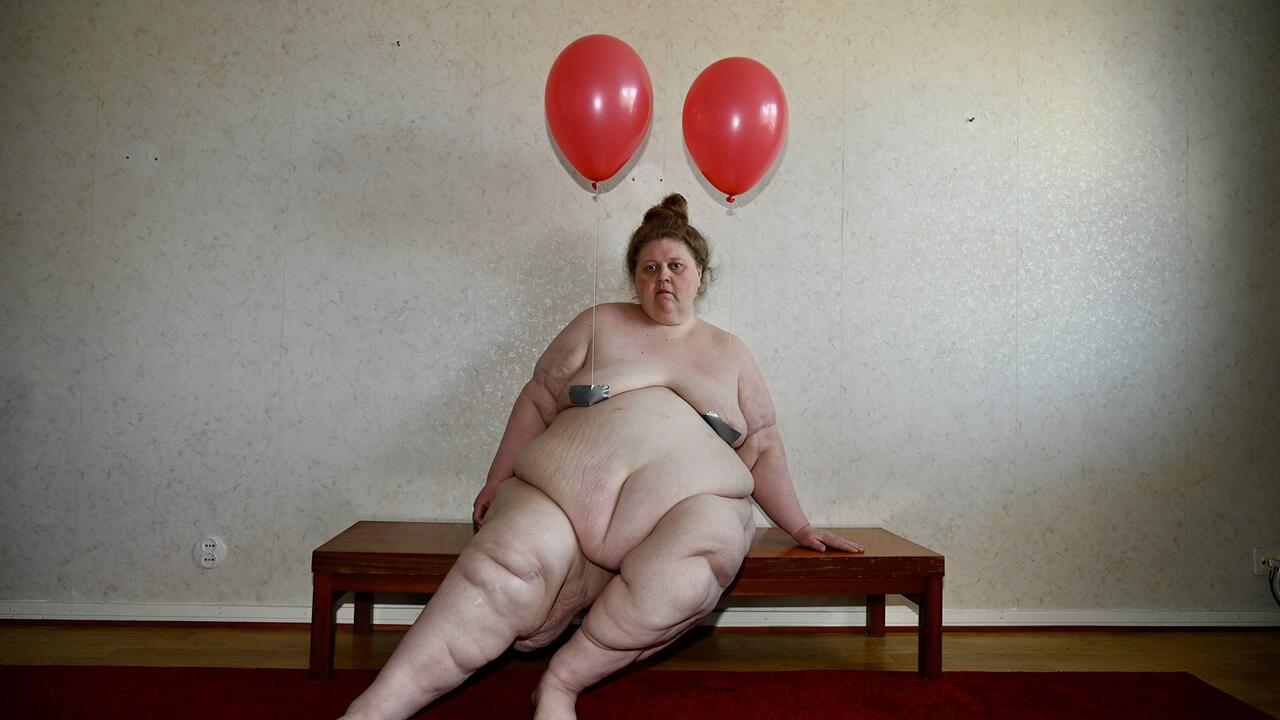Rui Calçada Bastos

According to urban theorist Mike Davis’s book Ecology of Fear (1999), Los Angeles has been destroyed 138 times on film since 1909. In 2012, that number is probably closer to 200. The endpoint of the westward expansion of the frontier, LA is a particular phenomenon in the American imagination, where dreams of a promising modern life are accompanied by a sense of inevitable doom. Following a three-month residency at the Villa Aurora in LA’s Pacific Palisades, Berlin-based Portuguese artist Rui Calçada Bastos’s exhibition at invaliden1 cleverly and simply connected with this narrative. Rather than adopting the aesthetics of disaster movies and spectacular destructions of the urban landscape, it subtly staged a scene which expressed the fundamental uneasiness that haunts the city.
With the show’s Spaghetti-Western title, ‘If you’re going through hell, keep going’, written on the black-painted front window of the gallery, allowing in only a little daylight, Bastos made it clear that this was not a description of a city of angels but rather, as the narrator in the exhibition’s central video work says, a place ‘founded on violence’. The video, the result of the artist’s collaboration with the author Patrick Findeis (also a Villa Aurora fellow), shows what seems like an endless flow of cars on a motorway at night. Accompanying the slow, rhythmic movement of headlights, reminiscent of the ocean’s waves nearby, is a dark soundtrack whose monologic narration of short sentences does not add up to a coherent story; rather, it relays an inconsistent and almost schizophrenic stream of consciousness. The sentences, which were in fact quotes from infamous serial killers assembled by Findeis, ranged from supposed innocence and delight (‘See you in Disneyland’ and ‘I have a good time’) to dystopian visions (‘People in this time and age are brain-washed, programmed like a computer, being nothing more then puppets’, and ‘I want to see the whole city burned down’). By making the criminals’ recollections and reasons the subtext for the imagery of the familiar carscape of LA, Bastos created an elegant and challenging recontextualization that inverted the reality of serial killers as figures of exception. Like the later films of David Lynch, whose cinematic aesthetics seem an obvious inspiration for Bastos, the video insinuated that violence is embodied in everyday life: it is in the car driving next to you on the freeway on your way to and from work; and it is without a recognizable face. As one of the serial killers’ proclamations has it: ‘I am just a normal person.’ Replacing stereotypical serial killer imagery with the killers’ own words, the video came off as a radically disturbing statement, suggesting that perhaps the serial killers are not psychological freaks but extreme embodiments of a more fundamental violence haunting the nation.
The video was flanked by two large photographs, in the language of film stills, framed in wooden boxes similar to the ones used for sightseeing maps sold by the side of the road all over California. One showed the dead-end of a road in the desert around Palm Springs; the other a close-up of a man folding his hands above his laptop as if in prayer. The photographs’ symbolism was as evident as the video was understated. The installation was a staging of a trip through hell, in the locale of the everyday, without the promise or belief in salvation of Dante’s Divine Comedy (1308–21). There was no apparent way out of the ‘hell’ that Bastos described. The installation brought forth the double-edged nature of this land of plenty. In a quiet yet precise way it suggested that besides promising ‘gold’, America is also a cultural death drive that activates fatal forces. The Hollywood version of the American Dream turns into a real-life nightmare. As one of the quotes goes: ‘I acted on my fantasies and that’s where everything went wrong.’














